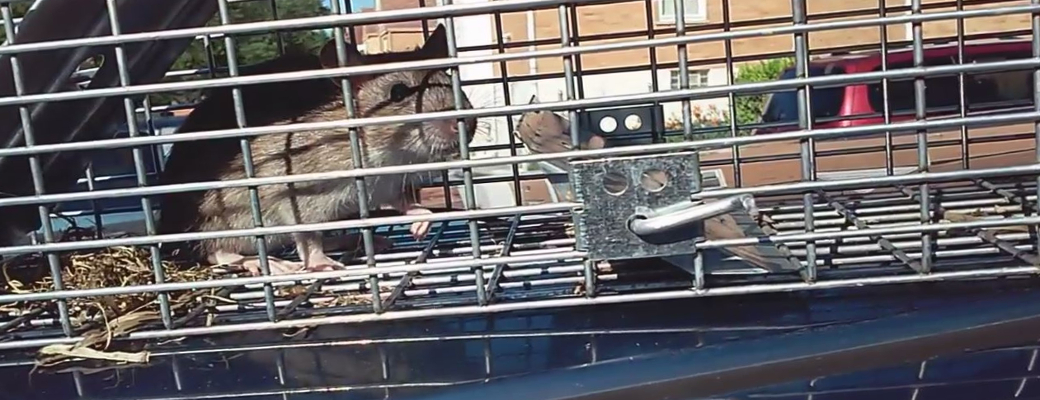Biology of a Stamford Norway rat
Do you know Norway rats are also called brown Connecticut rats, or sewer rats? They are the larger cousin to the black rat that we see in coastal towns. They have largely driven out the black rats to lay claim to cities and towns. They are the rats that are most often kept as pets as they are intelligent and loveable creatures. They make audible sounds to communicate pleasure to their owners. They have excellent hearing, and as their eyesight is very bad, they will use this in order to navigate.
They are also very good swimmers and can enter your home through your sewerage system.

Appearance
These are one of the largest Stamford rat species and adults are known to grow up to 25cm long. They have a brown tail that is basically the same length as their body. The male rat weighs on average 350g, and the female, slightly less at 250g, but they have been known to weigh as much as 400g - 800g. Their fur varies from dark brown, to dark grey, with a lighter underside.
Diet
Their diet varies greatly, depending on where they live. They mainly survive on cereals, but pets will eat scrambled eggs, cheese, carrots and other vegetables if it is available. When given the choice they will eat a nutritional diet and enjoy fresh food. They are omnivores and will also eat meat if it is available. They are not above eating whatever they can find in your rubbish bin.
Reproduction
If the conditions are adequate, they can breed right through the year. A female can produce five litters per year and gives birth to live babies. The average litter consists of five babies and they reach sexual maturity at five weeks. Females can become pregnant immediately after giving birth. This leads to a much higher rate of reproduction than black Stamford rats.
They are known to live up to two years in the wild and up to four in captivity.
Habitat
They are thought to be native to northern China, but have spread all over the world and can be found on all continents, except Antarctica. They live in close proximity to humans and have become very dependent on humans to provide them with a food source. They enjoy more temperate climates and are not generally found in tropical areas, unlike the black Connecticut rat.
When they are in the wild, they live in burrows, in which they sleep most of the day, emerging at night to forage for food.
Visit our Stamford animal removal home page to learn more about us.

